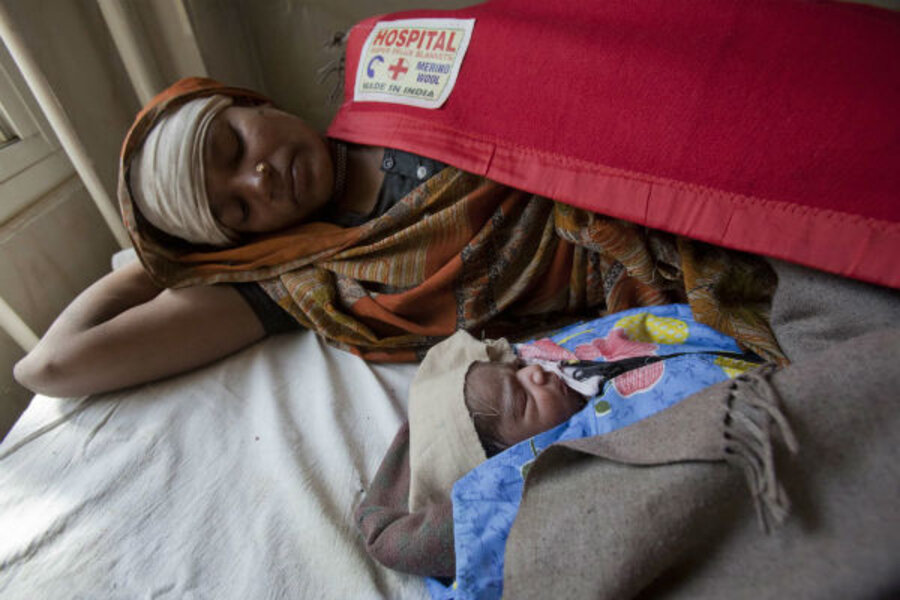Time Magazine style breastfeeding a global goal
Days after Time Magazine came out with its now famous (infamous?) cover of mom Jamie Lynne Grumet breastfeeding her three-year-old son, the cyber tongues are still a-wagging.
Omg, look how old he is! seems to be the main reaction from Internet land. Breastfeeding is fine and dandy, many of the Tweets, posts and comments say. But breastfeeding a toddler? Not so much.
Related: Are you a Helicopter Parent? Take our quiz to find out!
Now, we have our own opinions about whether Time’s cover is helpful for what should be a national conversation about breastfeeding. (As we noted last week, the US ranks last among 36 industrialized nations in support of breastfeeding, with only 35 percent of moms exclusively nursing when their children are three months old.)
But since there’s a debate raging now about whether it’s appropriate to nurse an older toddler, we thought we’d just throw out some international context on this particular angle of the conversation.
In the southern African country of Malawi – one of Save The Children’s top ranked developing countries for moms – 77 percent of children are still breastfed at age two. That number is even higher in Bangladesh, where 90 percent of children still nurse, and in Nepal, where the number is 93 percent. Moms in India nurse 77 percent of their two-year-olds, and mothers in Rwanda are still breastfeeding 84 percent of theirs.
Even those countries that score “fair” or “poor” in Save The Children’s breastfeeding ranking nurse a lot more than the US; In South Africa, for instance, 31 percent of children are still breastfeeding at two years old, as are 19 percent of Vietnamese toddlers.
There are good reasons for this.
Breastfeeding until age two, according to Save The Children, is one of the clearest steps that mothers in developing countries can take to ensure the health of their children.
Early nursing is most crucial. According to the World Health Organization, breastfed children who live in the conditions that normally exist in developing countries (including unhealthy water and poor sanitation) are at least six times more likely to survive in the early months than non-breastfed babies.
But continued nursing is also hugely important. The World Health Organization, UNICEF and other organizations say breastfeeding should continue until a child is at least two years old. And in recent years, these groups have been making a new push to improve awareness about the benefits of this so-called “extended” nursing.
For many children, malnutrition is most likely to begin in what Save the Children calls in its recent motherhood report, “the vulnerable period from six to nine months of age.” Breastfeeding provides energy and nutrients even when children are eating other foods.
“Breastfeeding, when practiced optimally, is one of the most effective child survival interventions today,” the Save The Children report states. “Optimal feeding from birth to age two can prevent an estimated 19 percent of all under-five deaths, more than any other intervention.”
So let the conversation about Time Magazine continue. But let’s also remember the larger issues at stake.






